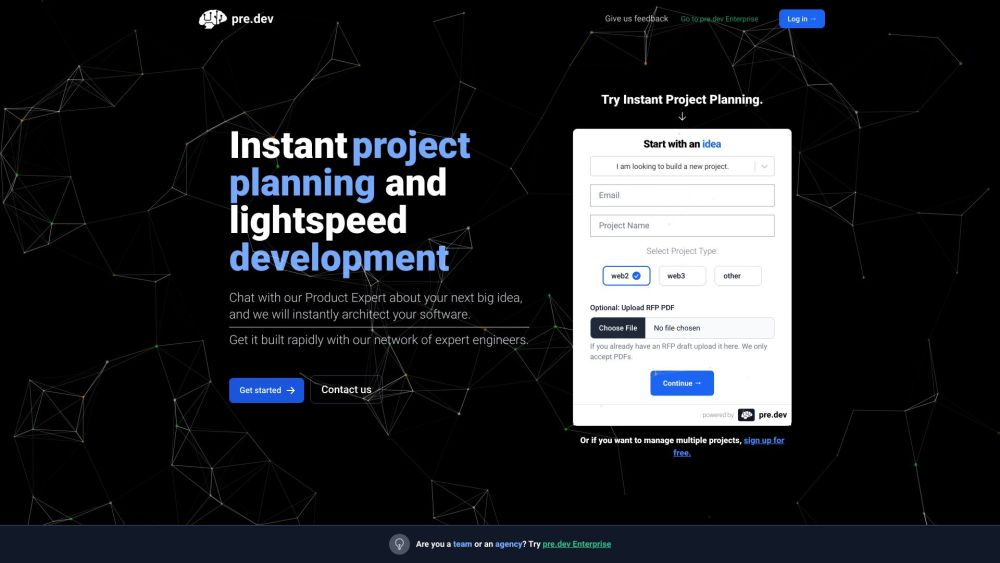On September 11, Nature published a groundbreaking study led by the Howard Hughes Medical Institute (HHMI). Researchers have developed an innovative approach using neuron connection maps and artificial intelligence (AI) to predict the activities of individual neurons without directly measuring living brains.
For decades, neuroscientists have meticulously quantified neuronal activity in live animals to unravel how the brain produces behavior. While these experiments have yielded valuable insights, they have only scratched the surface, leaving vast regions of the brain unexplored. Now, researchers are leveraging AI and connectomics (the comprehensive mapping of neuronal connections in brain tissue) to forecast neuronal functions in living brains.
The team, hailing from HHMI's Janelia Research Campus and the University of Tübingen, focused on the visual system of fruit flies. They utilized neural circuit connection information collected from this system and applied guesses regarding circuit functionality to create an AI simulation that predicts the activity of each neuron within the fly’s visual system. The mechanism begins when light enters the fruit fly's compound eyes, triggering hexagonally arranged photoreceptors to send electrical signals through a complex neural network, allowing the fly to detect motion.
"Now we have a computational method that transforms connectomic measurements into predictions of neuronal activity and brain function, without needing to start with hard-to-obtain activity data from every neuron," stated Srini Turaga, leader of the Janelia group and senior author of the study. The detailed AI simulation they developed corresponds each neuron and synapse in the model to actual neurons and synapses found in the brain. Even without knowing the dynamics of each neuron and synapse, the team was able to infer these unknown parameters using data from the connectome and knowledge about the circuit's objectives, specifically motion detection.
"We are now at a point where everything is in place, and we can finally determine if this model, constrained by the connectome, can provide us with a good representation of the brain," said Janne Lappalainen, a doctoral student at the University of Tübingen and lead researcher on the study. The new model successfully predicted neuronal activity of 64 types of neurons in response to visual input, accurately replicating findings from over 20 experimental studies conducted in the past two decades.
The ability to predict activities of individual neurons solely based on the connectome could revolutionize how neuroscientists propose and test hypotheses about brain functionality. In principle, researchers can now use this model to simulate any experiment and generate detailed predictions that can be empirically tested in the laboratory. This study yielded over 450 pages of predictions from the new model, including the identification of previously unknown cells involved in motion detection, which can now be examined in living fruit flies.
The research team believes it provides a strategic framework for interpreting the vast amounts of connectomics data generated by Janelia and other research institutions, bridging the significant gap between the static nature of connectomes and the dynamic computations occurring in living brains. "This work demonstrates a strategy for closing that gap using the specific example of fruit flies,” said Jakob Macke, a senior author and professor at the University of Tübingen.
This research underscores the potential of AI to accelerate scientific discovery. Recently, the Howard Hughes Medical Institute announced the AI@HHMI initiative, pledging $500 million over the next decade to support AI-driven projects in the life sciences.




